Like most Southern Californians, my family loves the beach. This is especially true for my daughter, Amy, who grew up collecting facts about sea creatures much the same way some children gravitate toward baseball statistics or superhero trivia. Once, as a second grader on a tour at a local aquarium, she began expertly fielding questions from adults about the differences behind phytoplankton and zooplankton. The ocean is Amy’s happy place.
Amy’s life has always been full of medical challenges. It started with migraines at age 2, and progressed to issues with her eyes, bones, brain, and skin. Though doctors were unable to find a diagnosis that would explain it all, they knew she had some type of syndrome that was likely genetic. Amy took her physical disabilities in stride, never complaining about what she could not do; always looking for her next adventure.
Like most Southern Californians, my family loves the beach. This is especially true for my daughter, Amy, who grew up collecting facts about sea creatures much the same way some children gravitate toward baseball statistics or superhero trivia. Once, as a second grader on a tour at a local aquarium, she began expertly fielding questions from adults about the differences behind phytoplankton and zooplankton. The ocean is Amy’s happy place.
Amy’s life has always been full of medical challenges. It started with migraines at age 2, and progressed to issues with her eyes, bones, brain, and skin. Though doctors were unable to find a diagnosis that would explain it all, they knew she had some type of syndrome that was likely genetic. Amy took her physical disabilities in stride, never complaining about what she could not do; always looking for her next adventure.
Life in southern California is unavoidably intertwined with the ocean, beach and sun.
She tried many different activities before landing on one that she loved: adaptive surfing. She became involved with the Best Day Foundation, which takes youth with special needs on action adventures – like surfing, kayaking, and stand-up paddle boarding. From the first time she stood up on a surf board, she was hooked. She said, “It feels like I’m standing on the back of a flying dragon. It feels like I am free!”
That freedom did not last long. About a month after her first surf, Amy’s femur had spontaneously snapped into a fully displaced fracture. She was rushed to emergency surgery and had a rod inserted through the diseased bone. While in the rehab hospital, my eternally-optimistic daughter sadly said she thought she would never surf again. It was devastating.
Her endocrinologist suggested we send her blood for a new type of genetic testing: whole exome sequencing. He felt this test had the promise of answering all of our questions. He was right.
She tried many different activities before landing on one that she loved: adaptive surfing. She became involved with the Best Day Foundation, which takes youth with special needs on action adventures – like surfing, kayaking, and stand-up paddle boarding. From the first time she stood up on a surf board, she was hooked. She said, “It feels like I’m standing on the back of a flying dragon. It feels like I am free!”
That freedom did not last long. About a month after her first surf, Amy’s femur had spontaneously snapped into a fully displaced fracture. She was rushed to emergency surgery and had a rod inserted through the diseased bone. While in the rehab hospital, my eternally-optimistic daughter sadly said she thought she would never surf again. It was devastating.
Her endocrinologist suggested we send her blood for a new type of genetic testing: whole exome sequencing. He felt this test had the promise of answering all of our questions. He was right.
Amy surfing with Rocky McKinnon at the Best Day Foundation
Amy surfing with Rocky McKinnon at the Best Day Foundation
It turns out that Amy has a condition called xeroderma pigmentosum/trichothiodystrophy (XP/TTD) complex. There are only a handful of people in the United States who have XP/TTD, and no other cases that look exactly like Amy’s. One of the key issues with XP-related disorders is that due to an error in genetic code, these people’s cells cannot repair damage caused by ultraviolet (UV) light. Their bodies cannot effectively process sunlight.
There are two main types of UV radiation from the sun that harm skin. Ultraviolet B (UVB) is the type that leads to burning on the outermost layer of skin. The Sun Protection Factor (SPF) on a bottle of sunscreen is related to the level of protection from UVB it provides. For example, when applied regularly, a SPF 15 sunscreen filters about 93% of UVB rays for a fairly short period of time, while an SPF 50 product blocks around 98% of UVB for a longer period of time. But UVB is only half of the problem.
Ultraviolet A (UVA) rays are responsible for tanning and skin aging. These rays deeply penetrate skin. In response to the damage caused by UVA, the skin darkens. A sun tan is skin trying to protect itself. The only sunscreens that guard against UVA rays are those labeled “broad spectrum.”
The critical thing to understand is that both UVB and UVA damage the DNA in human skin cells. Read that again. UV actually harms our skin’s DNA. In other words, there is no such thing as a healthy tan.
The sun emits UVA, UVB and UVC radiation onto our planet, also known as the ultraviolet radiation spectrum. These categories are classified by the wavelength of the radiation. UVC radiation has the shortest wavelength and is most energetic and damaging, but thankfully our ozone layer absorbs it! Both UVA and UVB are able to pass through the atmosphere and reach our skin, with shorter wavelength UVB radiation penetrating as deep as our epidermis and longer wavelength UVA radiation penetrating as deep as our dermis layer of skin.
Fortunately, for most people, our skin cells have a remarkable system for recognizing and fixing DNA damage from UV radiation. In layman’s terms, our cellular processes unwind the damaged DNA strand and mark either side of the problem spot, snipping out the damage and replacing the missing portion with a repair created from the undamaged side. Then the DNA is wound back up into the double helix we all learned about in school. The entire process is called nucleotide excision repair.
Unfortunately, though our bodies can repair some DNA damage from UV exposure, it can’t repair it all. Cell damage from a sunburn here or a day of tanning there accumulates in DNA over time, triggering mutations that can lead to skin cancer and premature wrinkles. This is true for everyone, and is why it is so important to protect our skin even from a young age.
For people like Amy, there is a breakdown in the body’s ability to recognize, excise, and repair DNA damage from UV exposure. So, it accumulates much more quickly. People with XP-related disorders have a 10,000-fold increased risk of developing skin cancer, and in some types of XP the first cancers appear in early childhood. The only way for Amy to protect herself is to be vigilant about limiting her exposure to sunlight.
It turns out that Amy has a condition called xeroderma pigmentosum/trichothiodystrophy (XP/TTD) complex. There are only a handful of people in the United States who have XP/TTD, and no other cases that look exactly like Amy’s. One of the key issues with XP-related disorders is that due to an error in genetic code, these people’s cells cannot repair damage caused by ultraviolet (UV) light. Their bodies cannot effectively process sunlight.
There are two main types of UV radiation from the sun that harm skin. Ultraviolet B (UVB) is the type that leads to burning on the outermost layer of skin. The Sun Protection Factor (SPF) on a bottle of sunscreen is related to the level of protection from UVB it provides. For example, when applied regularly, a SPF 15 sunscreen filters about 93% of UVB rays for a fairly short period of time, while an SPF 50 product blocks around 98% of UVB for a longer period of time. But UVB is only half of the problem.
Ultraviolet A (UVA) rays are responsible for tanning and skin aging. These rays deeply penetrate skin. In response to the damage caused by UVA, the skin darkens. A sun tan is skin trying to protect itself. The only sunscreens that guard against UVA rays are those labeled “broad spectrum.”
The critical thing to understand is that both UVB and UVA damage the DNA in human skin cells. Read that again. UV actually harms our skin’s DNA. In other words, there is no such thing as a healthy tan.
Amy being examined by doctors at the National Institutes of Health
Very soon after Amy’s diagnosis, I took her to the National Institutes of Health (NIH) in Washington, DC, to see expert medical researchers. Doctors spent 4 days examining every part of her. I remember the moment I realized just how serious the diagnosis was. We were in a conference room at the top floor of the clinical center, a room with gorgeous 180° views of the grounds. The nurse came in and started shutting all the blinds. At first, I wondered why she wanted to block such a view. Then it dawned on me: She trying protect Amy from the sun. Indoors. Through a window. On a cloudy day. How were we going to navigate in a world with no sun? How can you combat an invisible enemy like UV?
We learned that Amy would need to have sunscreen applied regularly to all of her skin. The windows in our home and cars needed to be made UV-blocking. And, all of her skin would need to be covered when going outside. We were given a meter that measured irradiation of UVB and UVA combined, giving a range from 0-1,999 µW/cm2. At noon on a sunny day, the meter will max out at 1,999+. In the shade it might read 750. Doctors warned us that Amy’s safe zone was a meter reading of 20 or below. It seemed like an impossible task.
Amy’s response to all of this? “Fine,” she said, “I’ll do whatever it takes, as long as you find a way I can still surf.”
Staying sun safe while surfing with the Best Day Foundation.
In order to enjoy the surf, Amy would need to be covered. Sunscreens are only somewhat helpful in the ocean. Chemical sunscreens are out because they can damage sealife. Mineral (zinc-based) sunscreens are safer, but need to be reapplied regularly, especially in the water. The better bet for Amy (and the ocean) would be a combination of clothing and timing.
Our journey to find sun-safe clothing for Amy almost immediately hit roadblocks. Amy needs clothing rated at UPF 50+ (the highest sun protective rating you can get). The 50+ rating means that the clothing blocks more than 98% of the total UV exposure. Most UPF 50+ clothing is either bulky, or unattractive, or both. Many of the items we found were designed with hiking or boating in mind, and had a decidedly masculine flair. Since Amy needs to wear sun protective clothing wherever she goes, even under other clothing, it’s important to her that it be stylish. Little of what we found fit the bill.
We learned that since Amy can tolerate a small amount of UV, she is able to surf safely for brief periods early in the morning or just before sunset. This is when the sun’s UV rays are the weakest. With lots of physical therapy, she was able to get back on a board about 4 months after her femur surgery. She now wears a full body wetsuit while surfing, regardless of the season. But on the shore this gear is cumbersome and uncomfortable. And during the summer months it is just too hot. It certainly isn’t designed to be worn as someone might wear a swimsuit on the shore. We needed something more.
Waterlust Chief Product Officer Laura Graham using an ultraviolet light radiometer to quantify how much UV radiation is blocked by a sample of fabric. We engineer our fabric to allow less than 20 µW/cm2 of total UV radiation to reach the skin during a bright sunny day, the equivalent of blocking more than 98% of incident UV radiation.
Amy was so excited when we found the Waterlust website and all the incredible, fun styles. All of the items are UPF 50+, and feature everything she loves about the water. She chose the Sun Kissed Sea sun suit and leggings because she knew that not only would they be equally cute at the beach or a pool, they would also be stylish as an extra layer under a t-shirt or skirt. We were happy to find that a portion of the cost went to fund research on wave dynamics. She can wear her passion for the ocean!
When the items arrived, we immediately used the meter to measure how much UV penetrated the fabric. We were thrilled that on a bright day in full sun, the meter reading was under 20! That meant she could wear them as a light, bright bathing suit and not look like, well…a skin disease patient. With these items in her wardrobe, Amy can enjoy time at the beach more freely, keep her skin safe from damaging rays, and keep the ocean safe from dangerous chemicals.
The sun emits UVA, UVB and UVC radiation onto our planet, also known as the ultraviolet radiation spectrum. These categories are classified by the wavelength of the radiation. UVC radiation has the shortest wavelength and is most energetic and damaging, but thankfully our ozone layer absorbs it! Both UVA and UVB are able to pass through the atmosphere and reach our skin, with shorter wavelength UVB radiation penetrating as deep as our epidermis and longer wavelength UVA radiation penetrating as deep as our dermis layer of skin.
Fortunately, for most people, our skin cells have a remarkable system for recognizing and fixing DNA damage from UV radiation. In layman’s terms, our cellular processes unwind the damaged DNA strand and mark either side of the problem spot, snipping out the damage and replacing the missing portion with a repair created from the undamaged side. Then the DNA is wound back up into the double helix we all learned about in school. The entire process is called nucleotide excision repair.
Unfortunately, though our bodies can repair some DNA damage from UV exposure, it can’t repair it all. Cell damage from a sunburn here or a day of tanning there accumulates in DNA over time, triggering mutations that can lead to skin cancer and premature wrinkles. This is true for everyone, and is why it is so important to protect our skin even from a young age.
For people like Amy, there is a breakdown in the body’s ability to recognize, excise, and repair DNA damage from UV exposure. So, it accumulates much more quickly. People with XP-related disorders have a 10,000-fold increased risk of developing skin cancer, and in some types of XP the first cancers appear in early childhood. The only way for Amy to protect herself is to be vigilant about limiting her exposure to sunlight.
Amy being examined by doctors at the National Institutes of Health
Very soon after Amy’s diagnosis, I took her to the National Institutes of Health (NIH) in Washington, DC, to see expert medical researchers. Doctors spent 4 days examining every part of her. I remember the moment I realized just how serious the diagnosis was. We were in a conference room at the top floor of the clinical center, a room with gorgeous 180° views of the grounds. The nurse came in and started shutting all the blinds. At first, I wondered why she wanted to block such a view. Then it dawned on me: She trying protect Amy from the sun. Indoors. Through a window. On a cloudy day. How were we going to navigate in a world with no sun? How can you combat an invisible enemy like UV?
We learned that Amy would need to have sunscreen applied regularly to all of her skin. The windows in our home and cars needed to be made UV-blocking. And, all of her skin would need to be covered when going outside. We were given a meter that measured irradiation of UVB and UVA combined, giving a range from 0-1,999 µW/cm2. At noon on a sunny day, the meter will max out at 1,999+. In the shade it might read 750. Doctors warned us that Amy’s safe zone was a meter reading of 20 or below. It seemed like an impossible task.
Amy’s response to all of this? “Fine,” she said, “I’ll do whatever it takes, as long as you find a way I can still surf.”
Staying sun safe while surfing with the Best Day Foundation.
In order to enjoy the surf, Amy would need to be covered. Sunscreens are only somewhat helpful in the ocean. Chemical sunscreens are out because they can damage sealife. Mineral (zinc-based) sunscreens are safer, but need to be reapplied regularly, especially in the water. The better bet for Amy (and the ocean) would be a combination of clothing and timing.
Our journey to find sun-safe clothing for Amy almost immediately hit roadblocks. Amy needs clothing rated at UPF 50+ (the highest sun protective rating you can get). The 50+ rating means that the clothing blocks more than 98% of the total UV exposure. Most UPF 50+ clothing is either bulky, or unattractive, or both. Many of the items we found were designed with hiking or boating in mind, and had a decidedly masculine flair. Since Amy needs to wear sun protective clothing wherever she goes, even under other clothing, it’s important to her that it be stylish. Little of what we found fit the bill.
We learned that since Amy can tolerate a small amount of UV, she is able to surf safely for brief periods early in the morning or just before sunset. This is when the sun’s UV rays are the weakest. With lots of physical therapy, she was able to get back on a board about 4 months after her femur surgery. She now wears a full body wetsuit while surfing, regardless of the season. But on the shore this gear is cumbersome and uncomfortable. And during the summer months it is just too hot. It certainly isn’t designed to be worn as someone might wear a swimsuit on the shore. We needed something more.
Waterlust Chief Product Officer Laura Graham using an ultraviolet light radiometer to quantify how much UV radiation is blocked by a sample of fabric. We engineer our fabric to allow less than 20 µW/cm2 of total UV radiation to reach the skin during a bright sunny day, the equivalent of blocking more than 98% of incident UV radiation.
Amy was so excited when we found the Waterlust website and all the incredible, fun styles. All of the items are UPF 50+, and feature everything she loves about the water. She chose the Sun Kissed Sea sun suit and leggings because she knew that not only would they be equally cute at the beach or a pool, they would also be stylish as an extra layer under a t-shirt or skirt. We were happy to find that a portion of the cost went to fund research on wave dynamics. She can wear her passion for the ocean!
When the items arrived, we immediately used the meter to measure how much UV penetrated the fabric. We were thrilled that on a bright day in full sun, the meter reading was under 20! That meant she could wear them as a light, bright bathing suit and not look like, well…a skin disease patient. With these items in her wardrobe, Amy can enjoy time at the beach more freely, keep her skin safe from damaging rays, and keep the ocean safe from dangerous chemicals.
Amy rocking her Waterlust gear!
Learning to be safe in the sun is important for Amy, but it is important for everyone else, too. Most of what doctors understand about skin cancer they learned from studying the cells of people with XP disorders. Though for Amy, it happens much more quickly, cellular sun damage follows the same process for all of us. Exposure to ultraviolet radiation damages skin cells, the damage builds up over time and puts all sun-lovers at risk for skin cancer and early skin aging.
I’m so glad we’ve found a company like Waterlust that is dedicated to finding ways to support and celebrate our water ecosystems while also making it safer for people to enjoy them; especially people like my daughter, Amy.
Learning to be safe in the sun is important for Amy, but it is important for everyone else, too. Most of what doctors understand about skin cancer they learned from studying the cells of people with XP disorders. Though for Amy, it happens much more quickly, cellular sun damage follows the same process for all of us. Exposure to ultraviolet radiation damages skin cells, the damage builds up over time and puts all sun-lovers at risk for skin cancer and early skin aging.
I’m so glad we’ve found a company like Waterlust that is dedicated to finding ways to support and celebrate our water ecosystems while also making it safer for people to enjoy them; especially people like my daughter, Amy.
Dr. Janice Hansen is an educational psychologist and Director of Undergraduate Programs for the University of California, Irvine School of Education. Her research focuses on how children make sense of science content presented through diagrams. Dr. Hansen regularly participates in rare disease advocacy on Capitol Hill with her daughter, Amy. She also enjoys volunteering with Best Day Foundation, giving youth with disabilities a “best day” exploring active adventures and ocean activities.

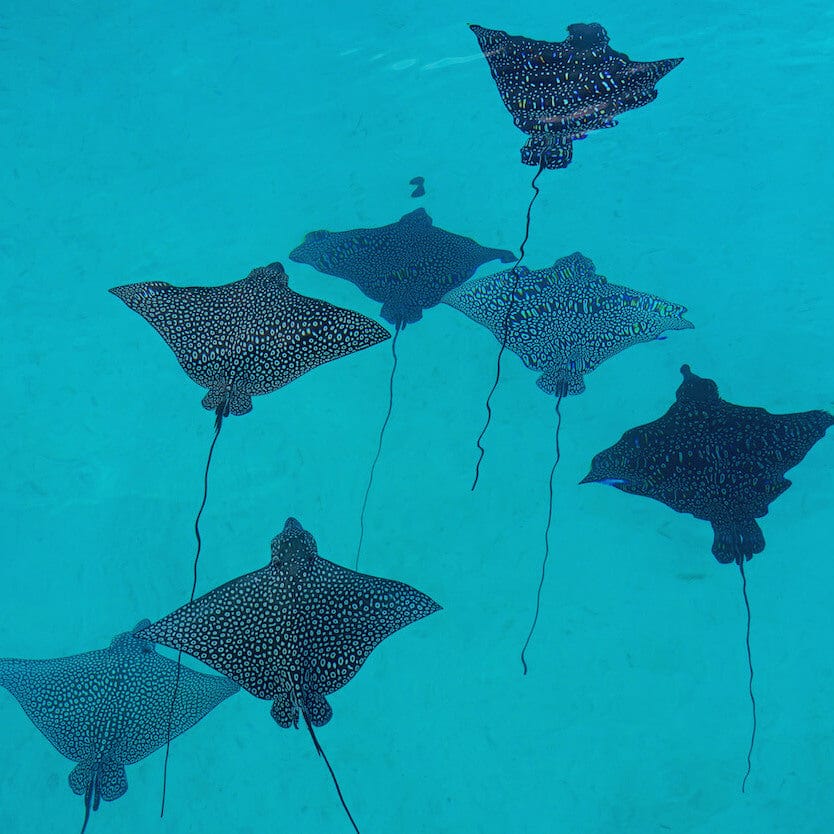
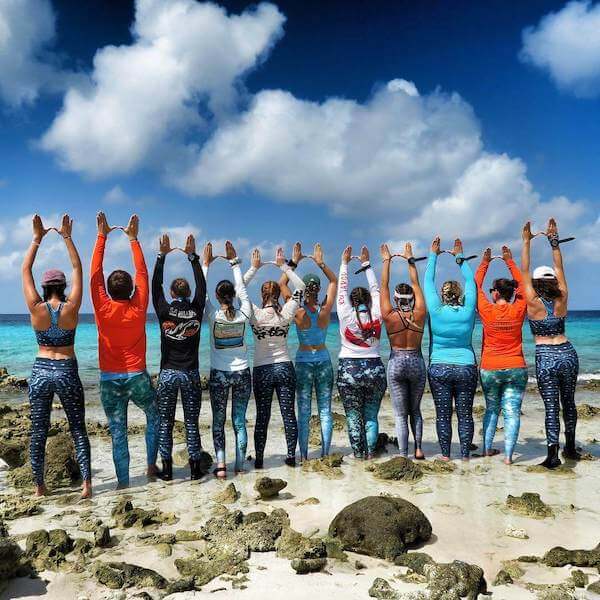
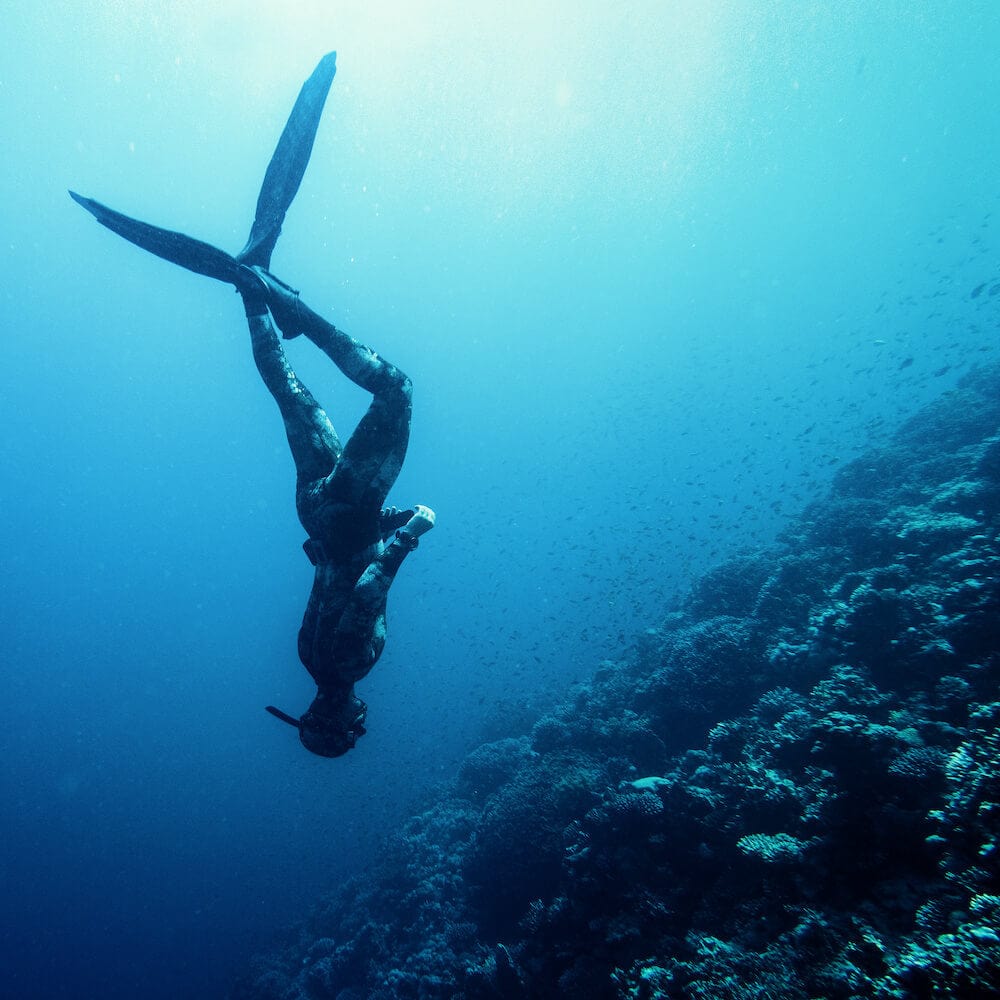
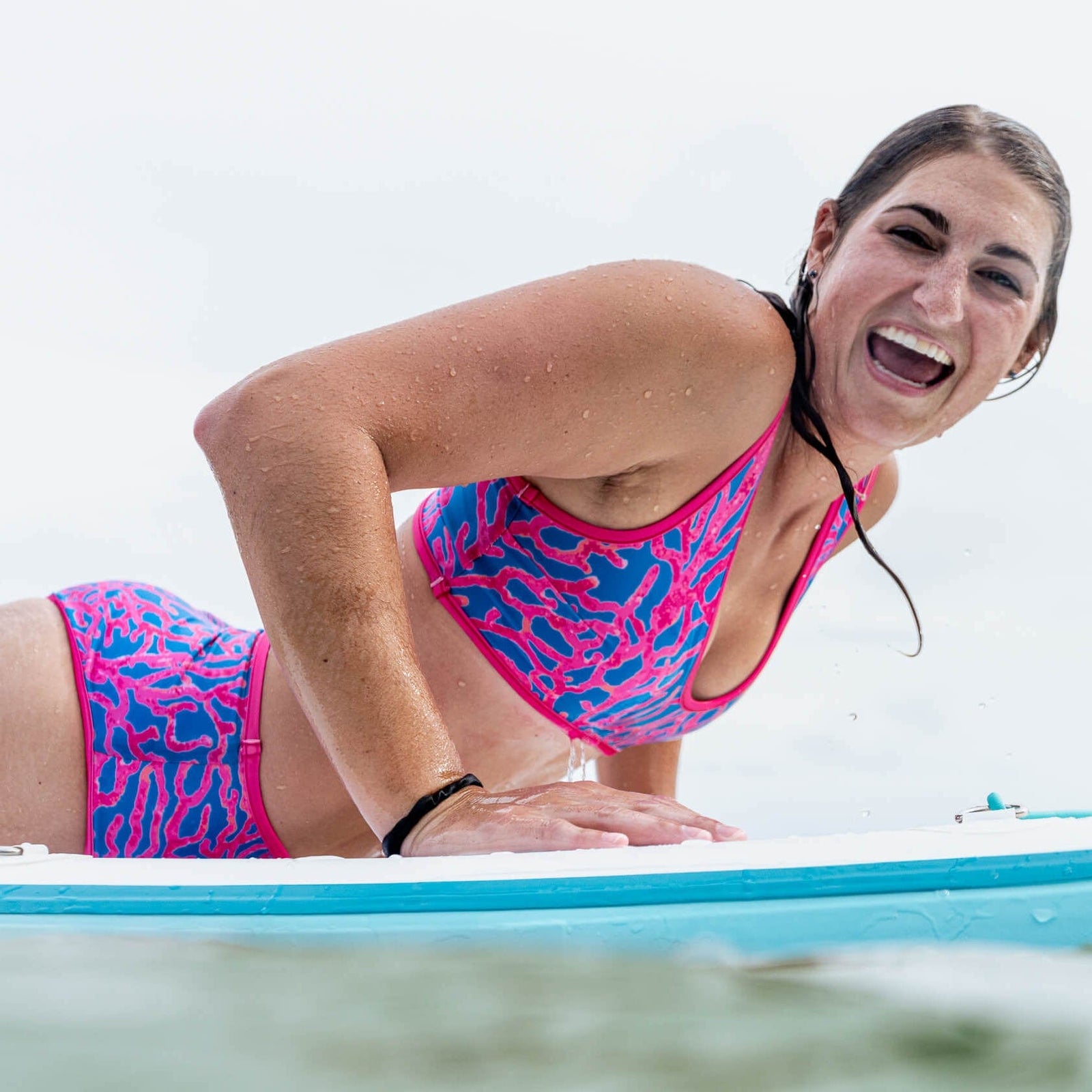
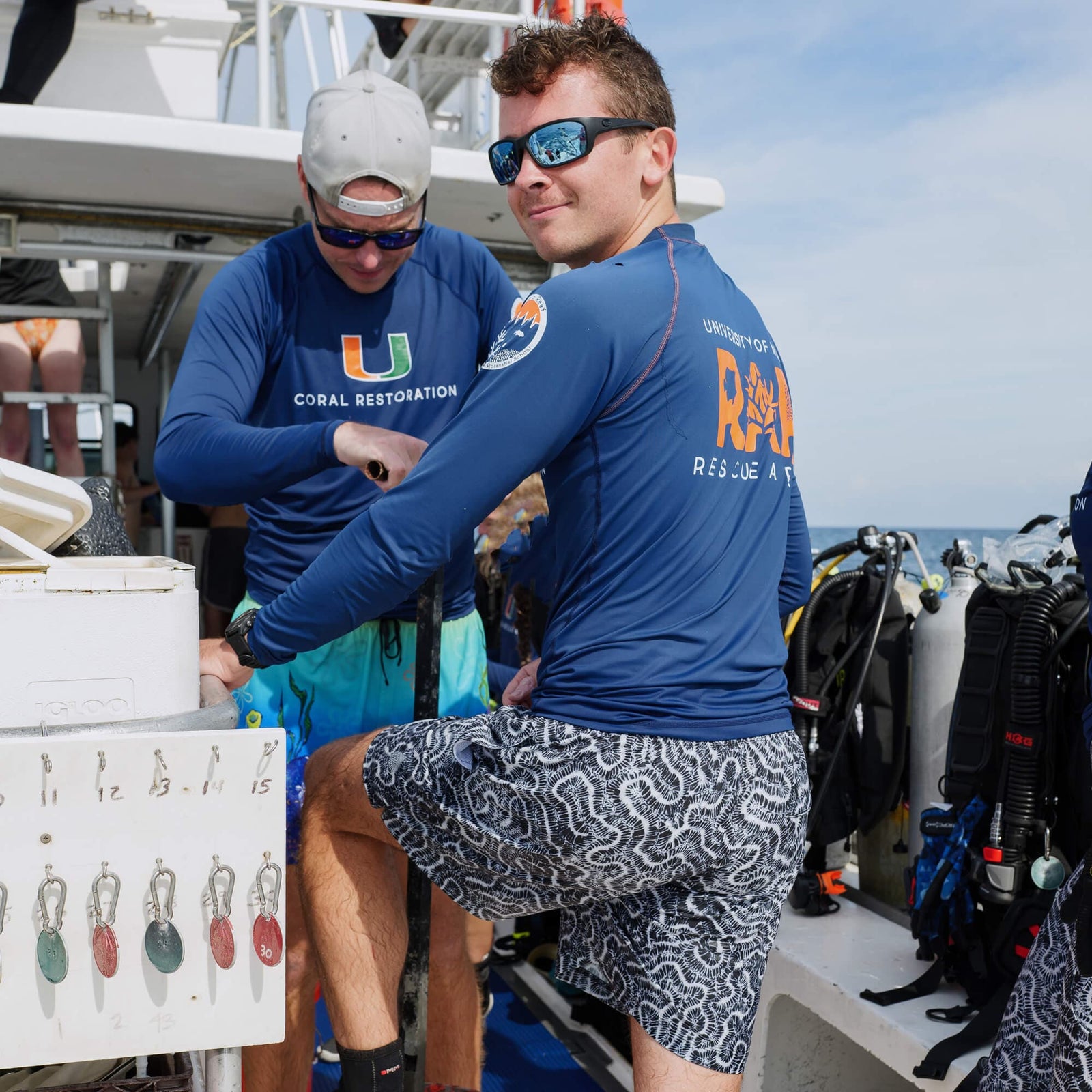
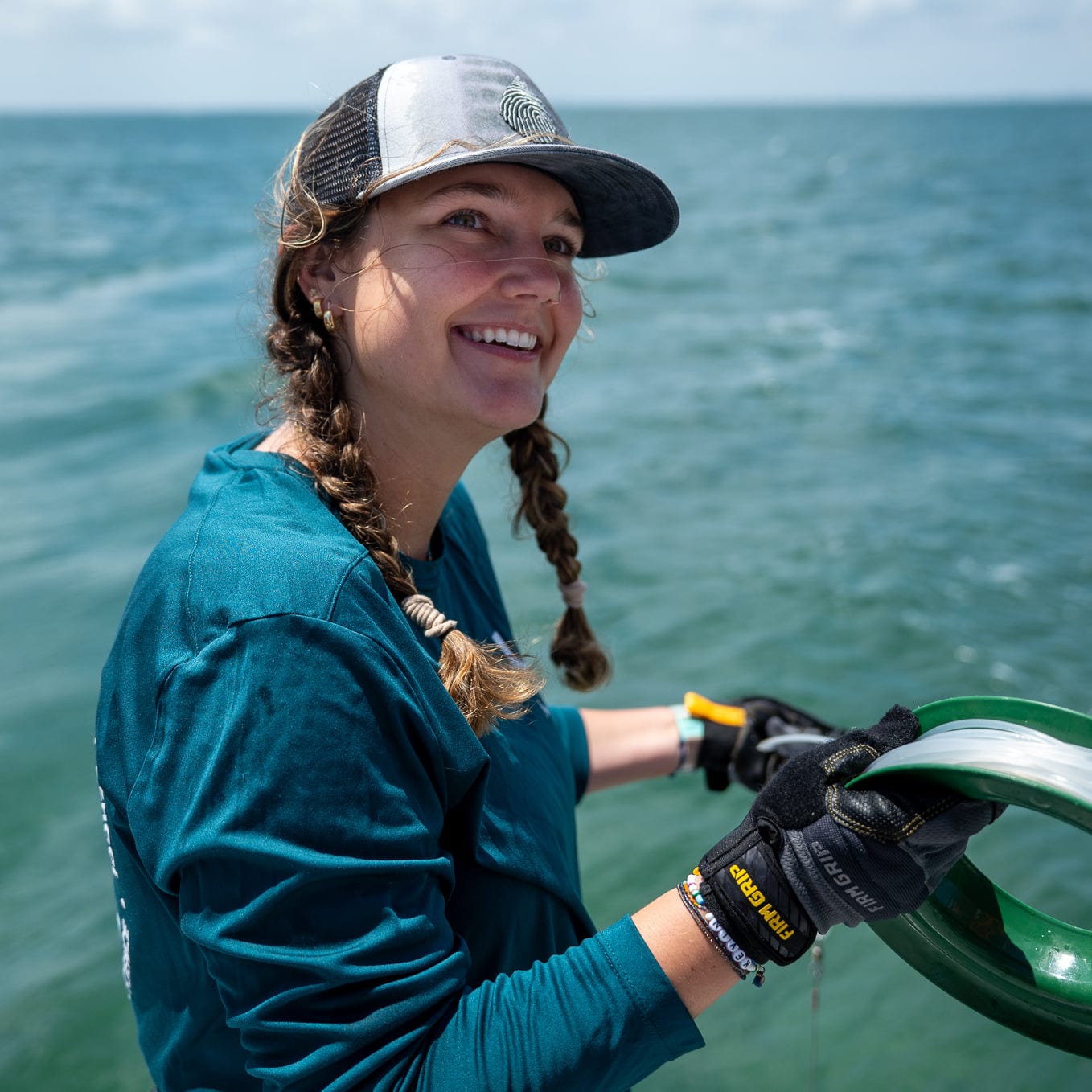

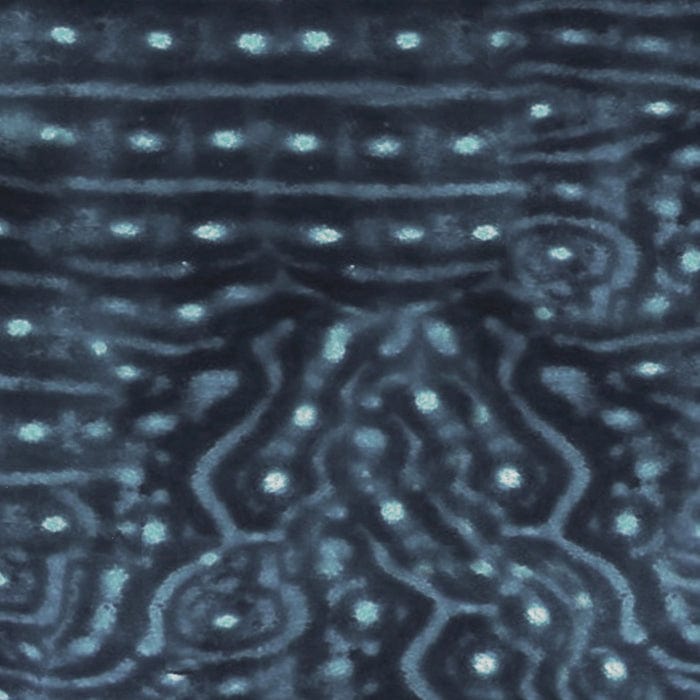

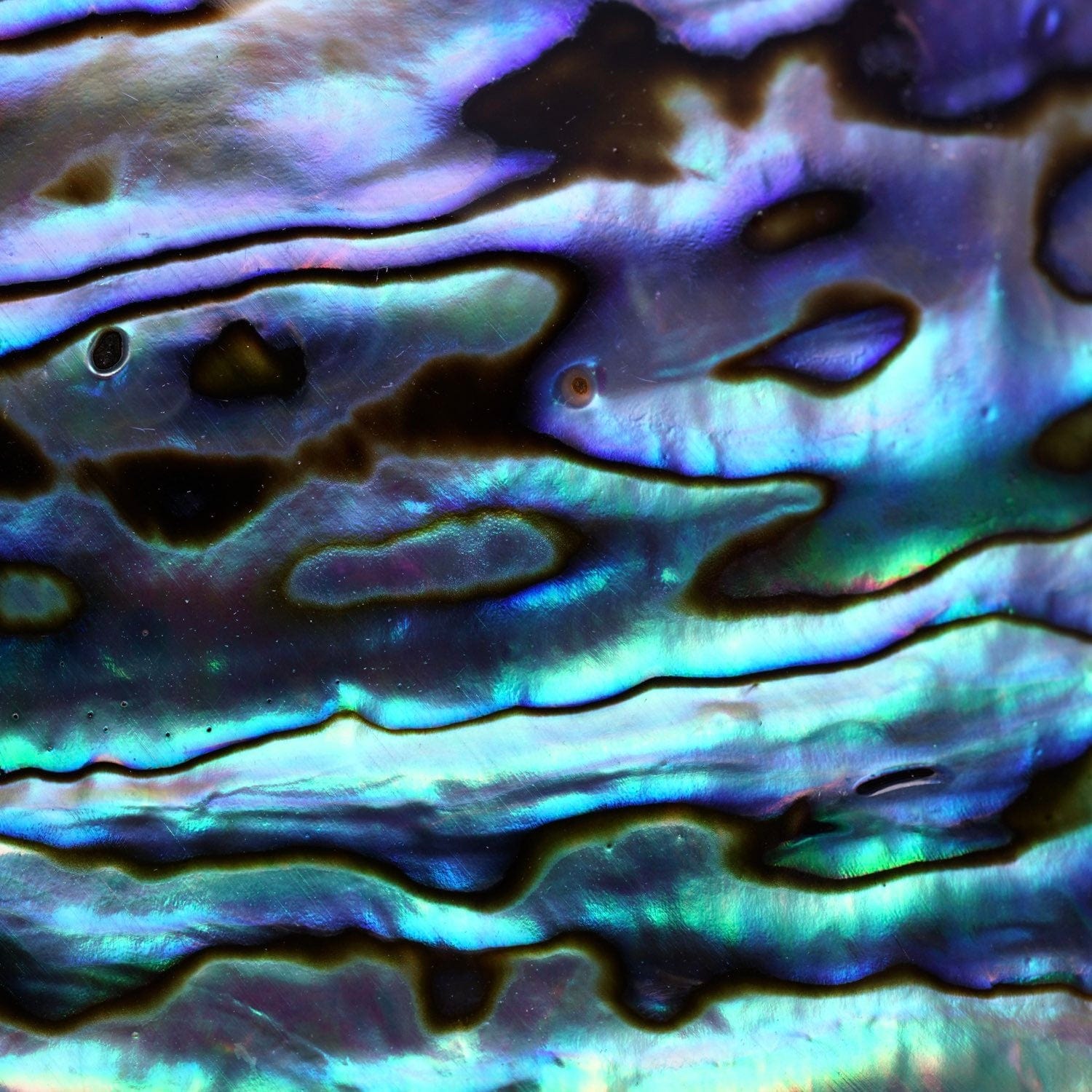
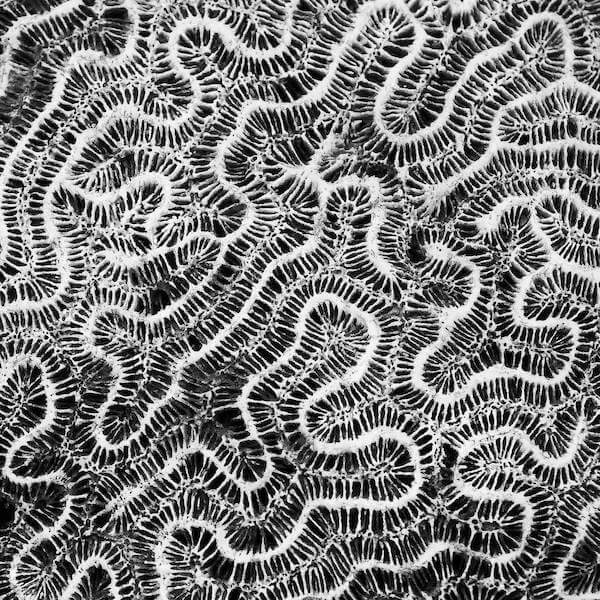
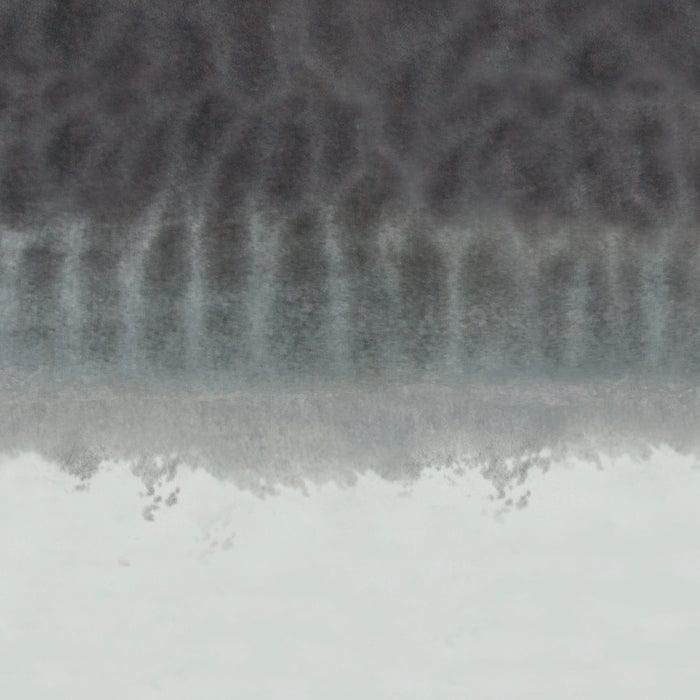
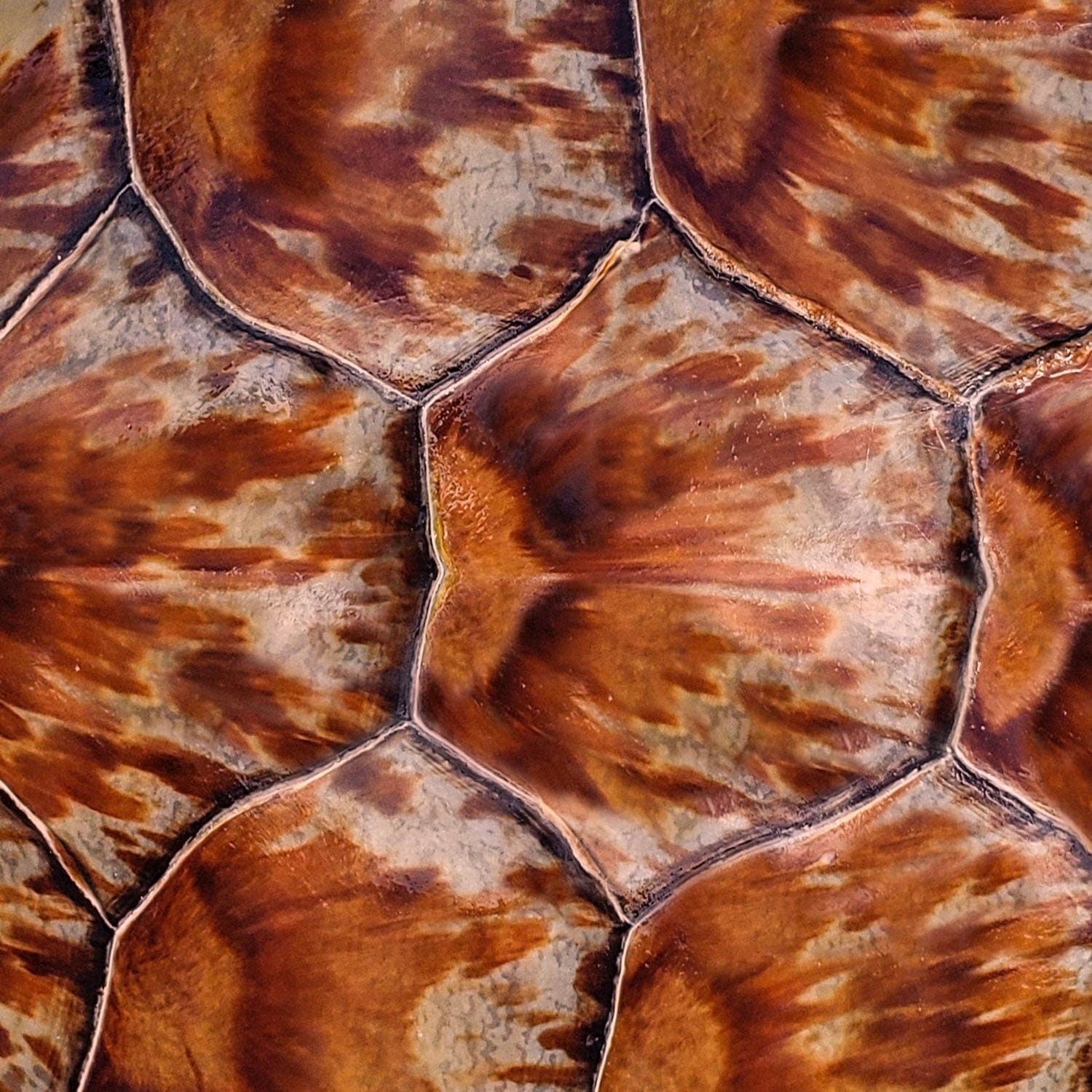
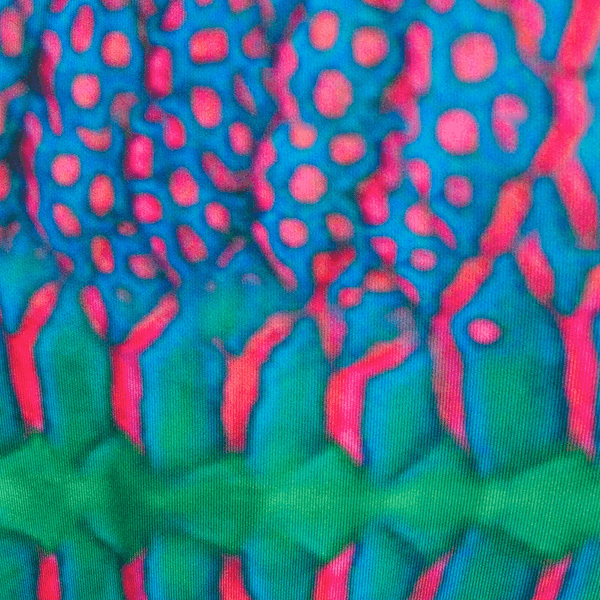
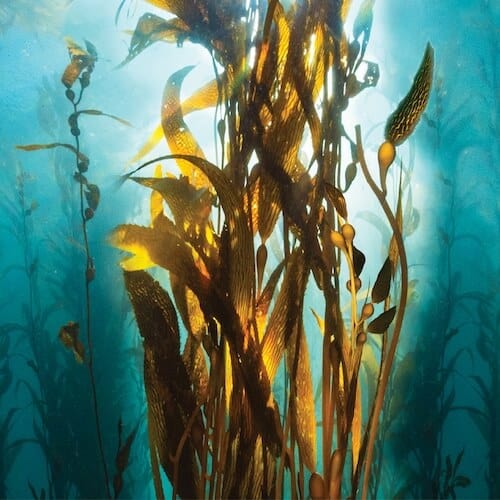
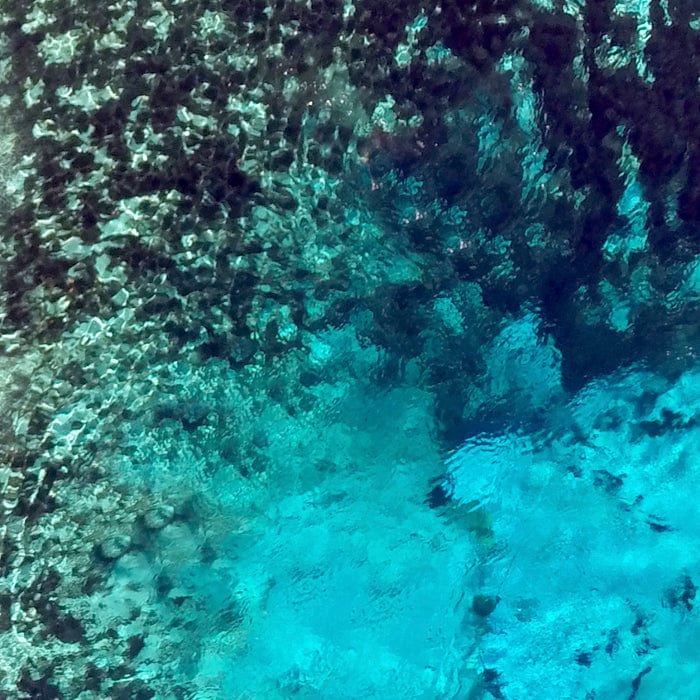
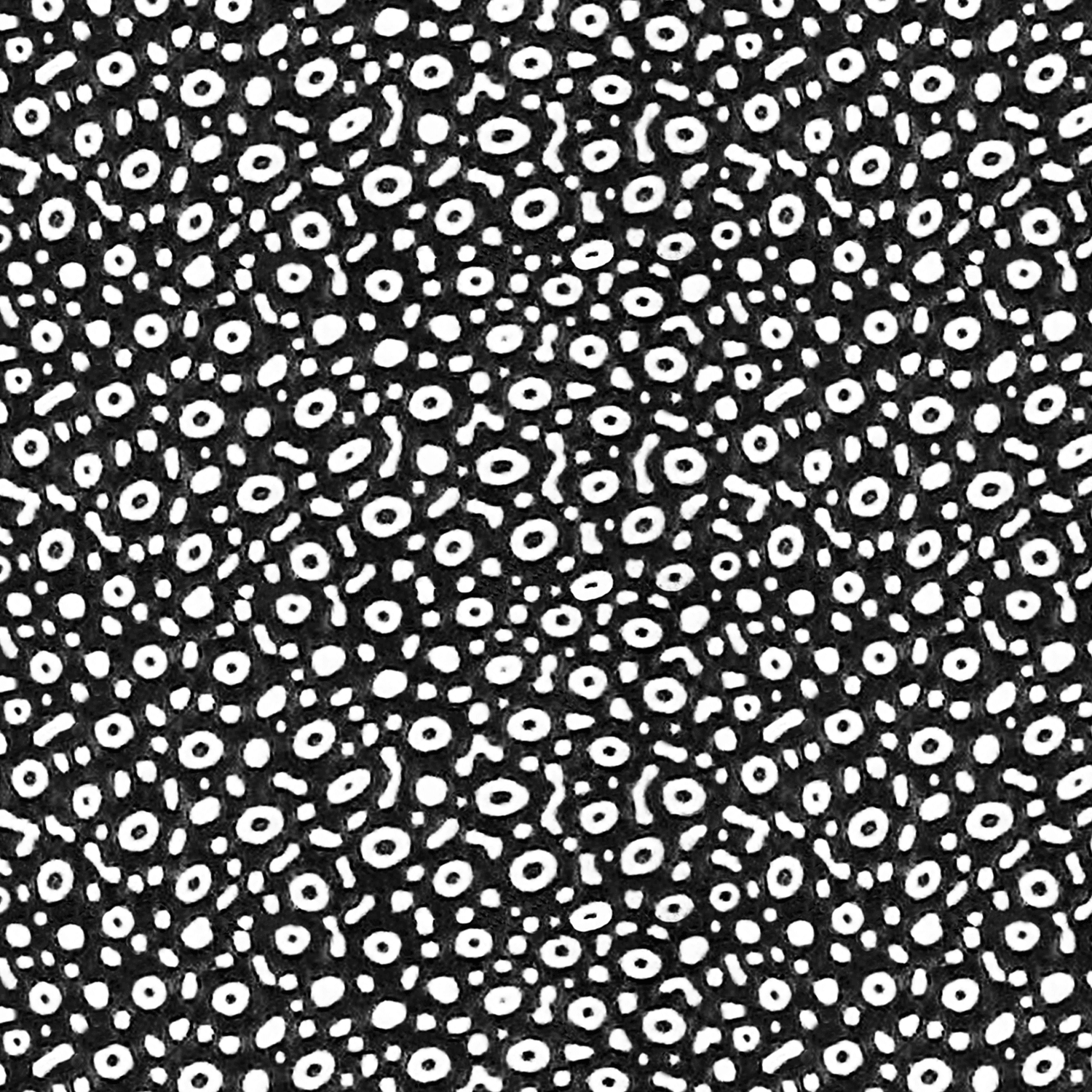
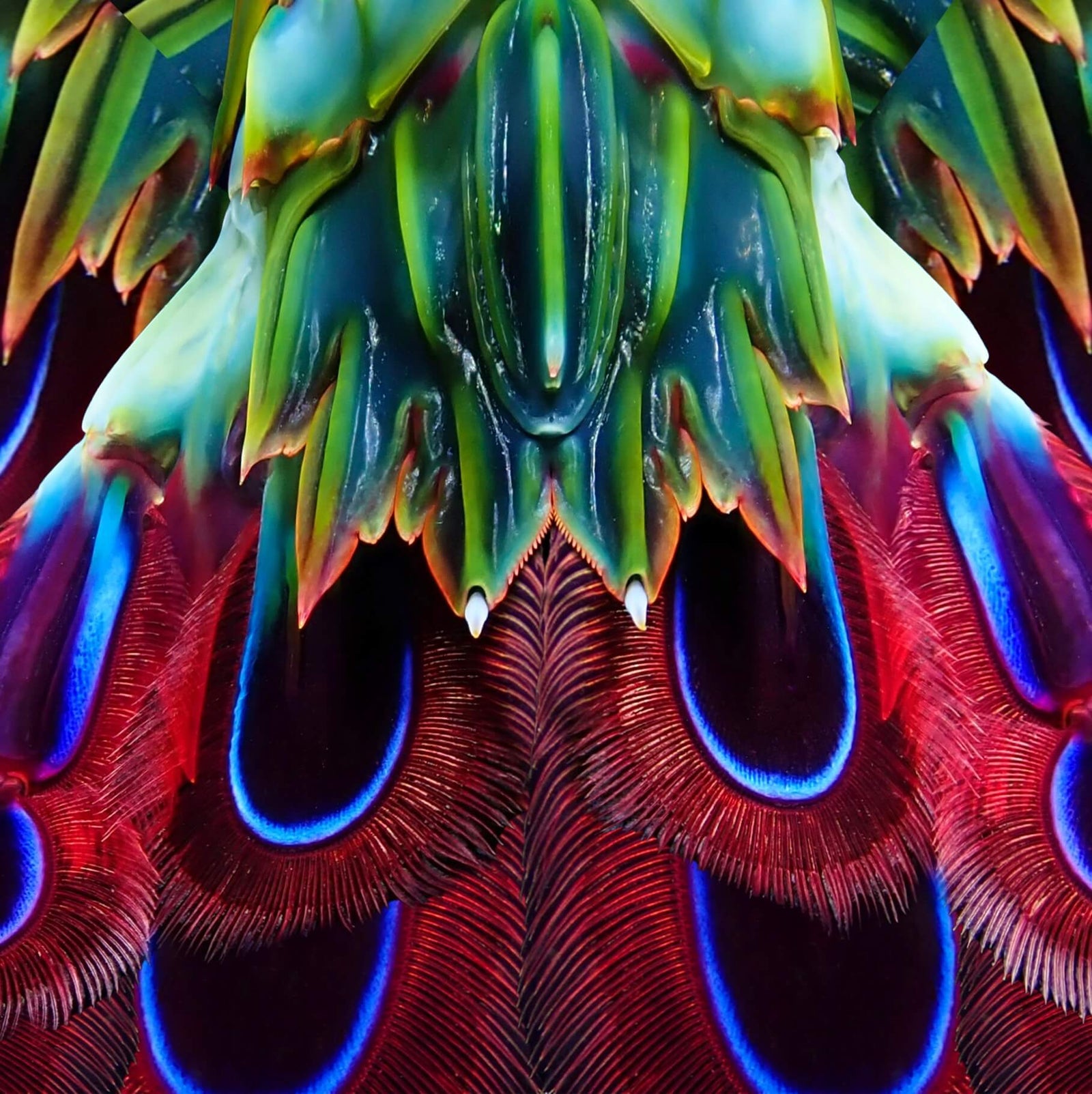
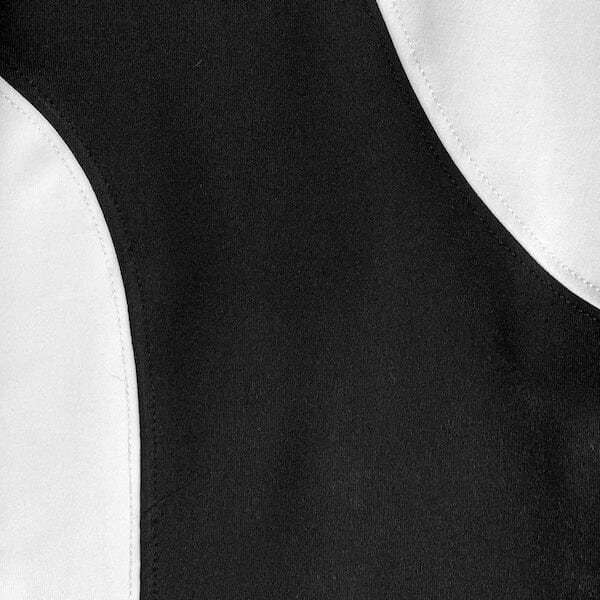
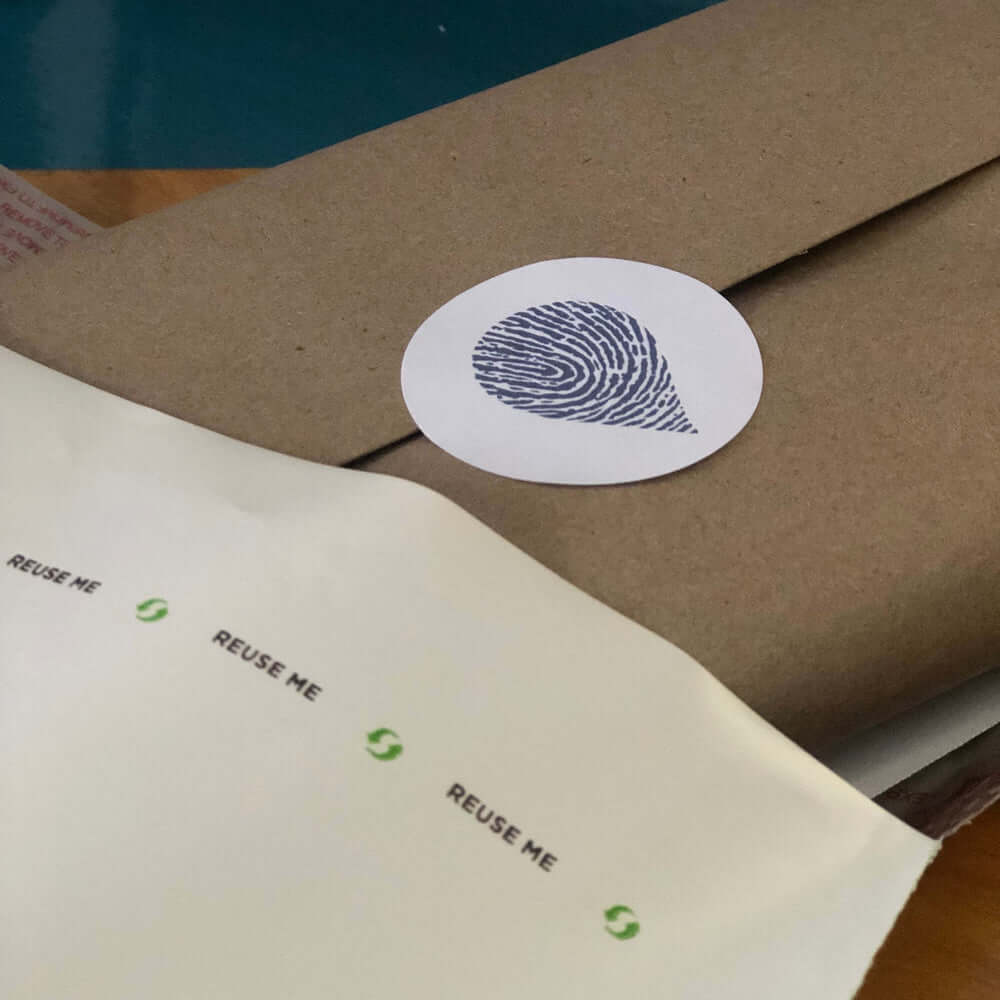
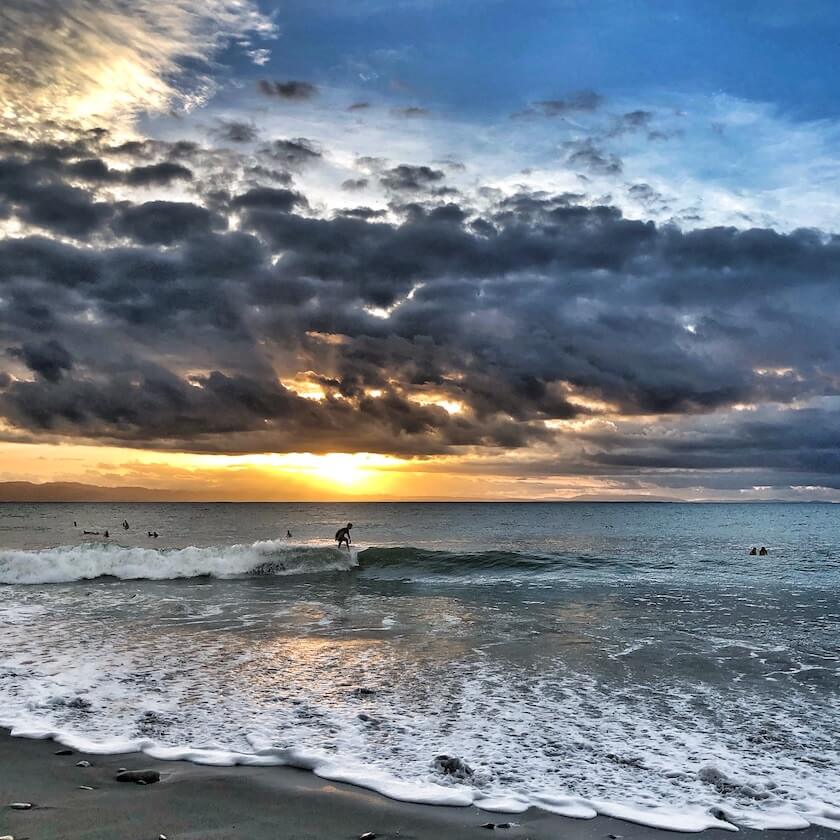
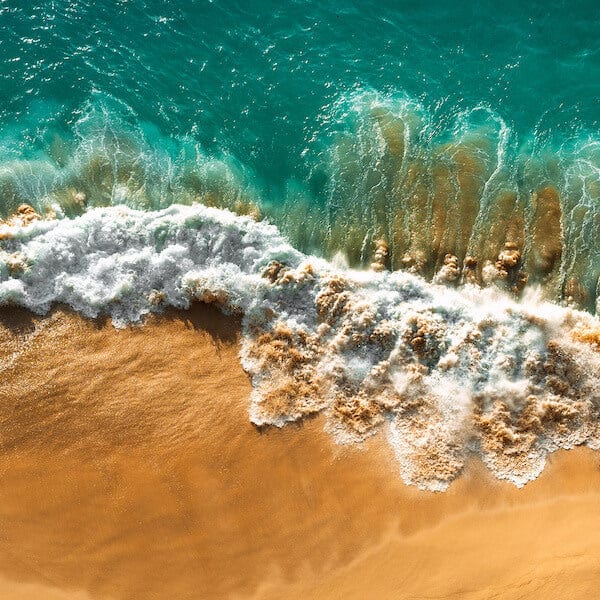
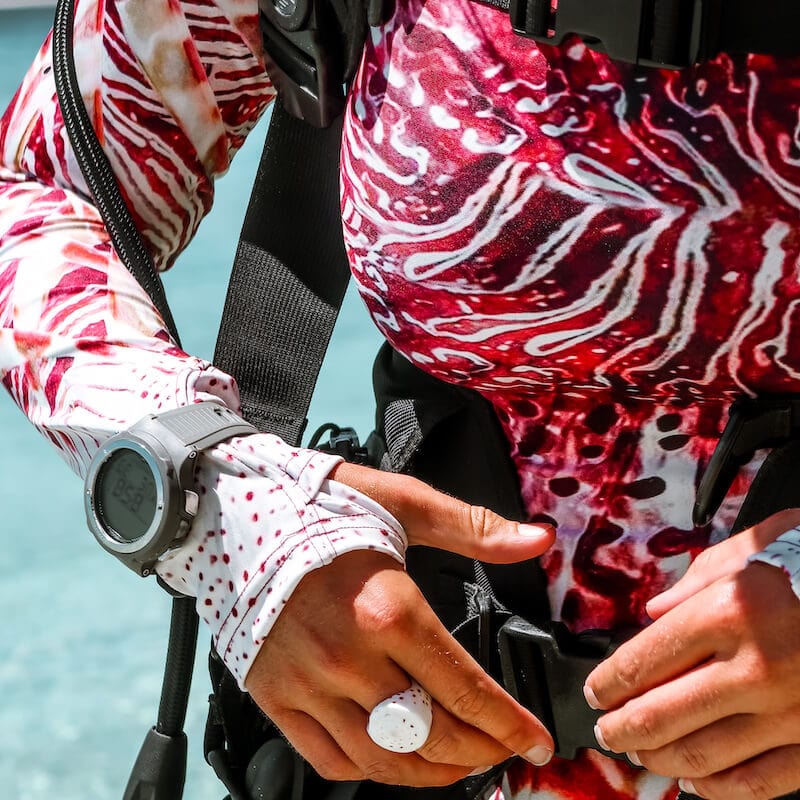
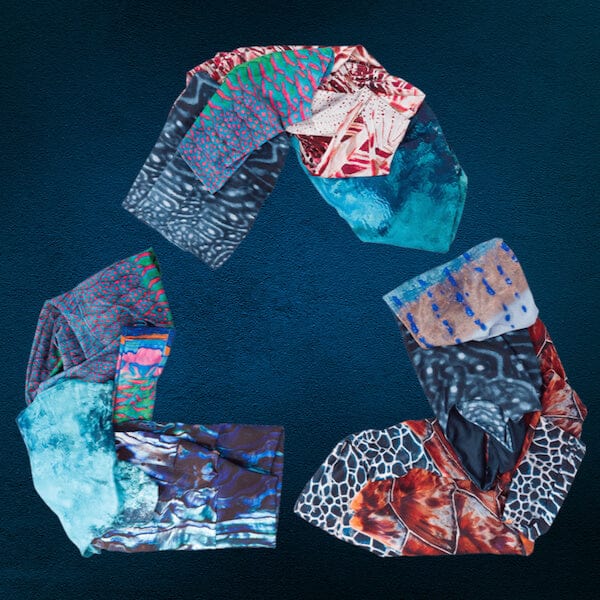
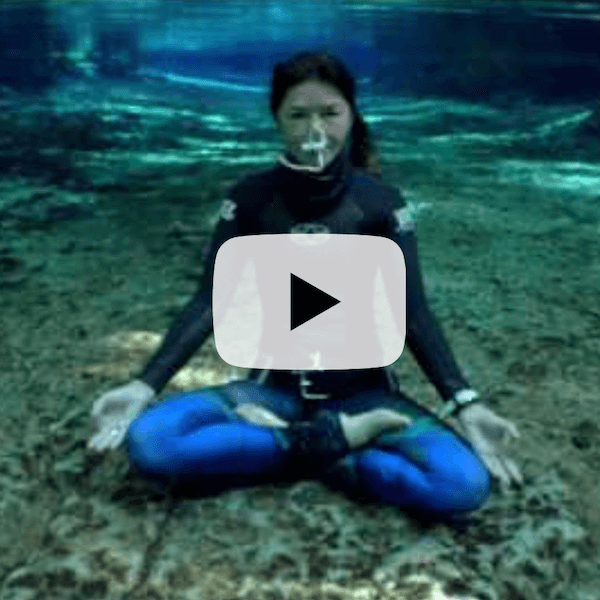
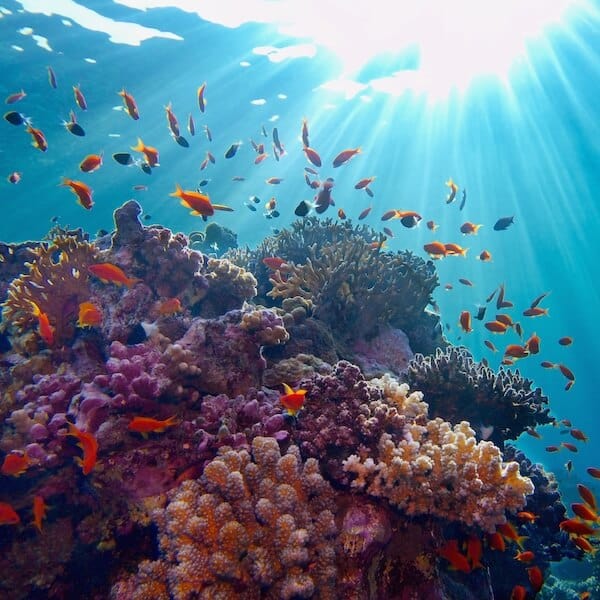
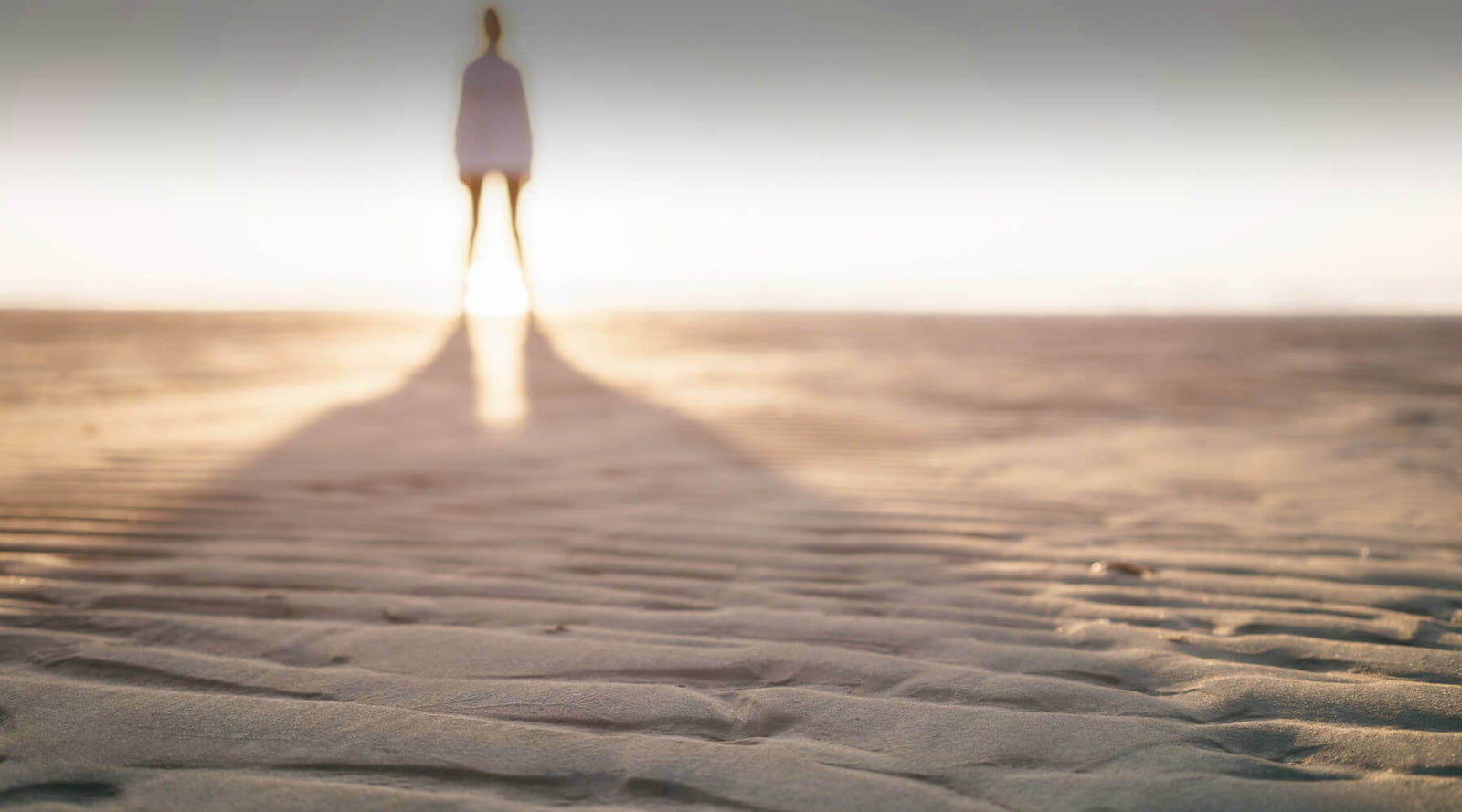
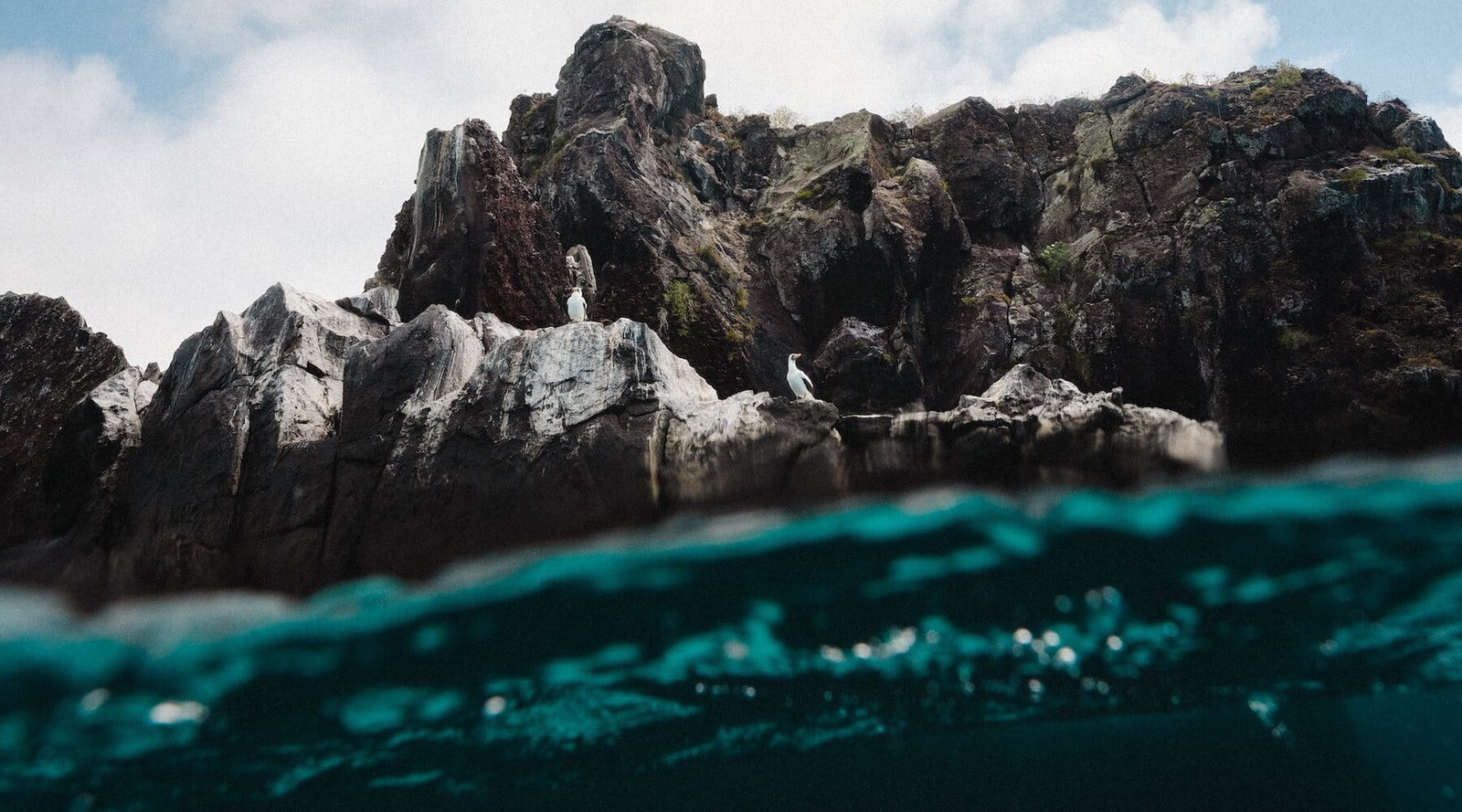
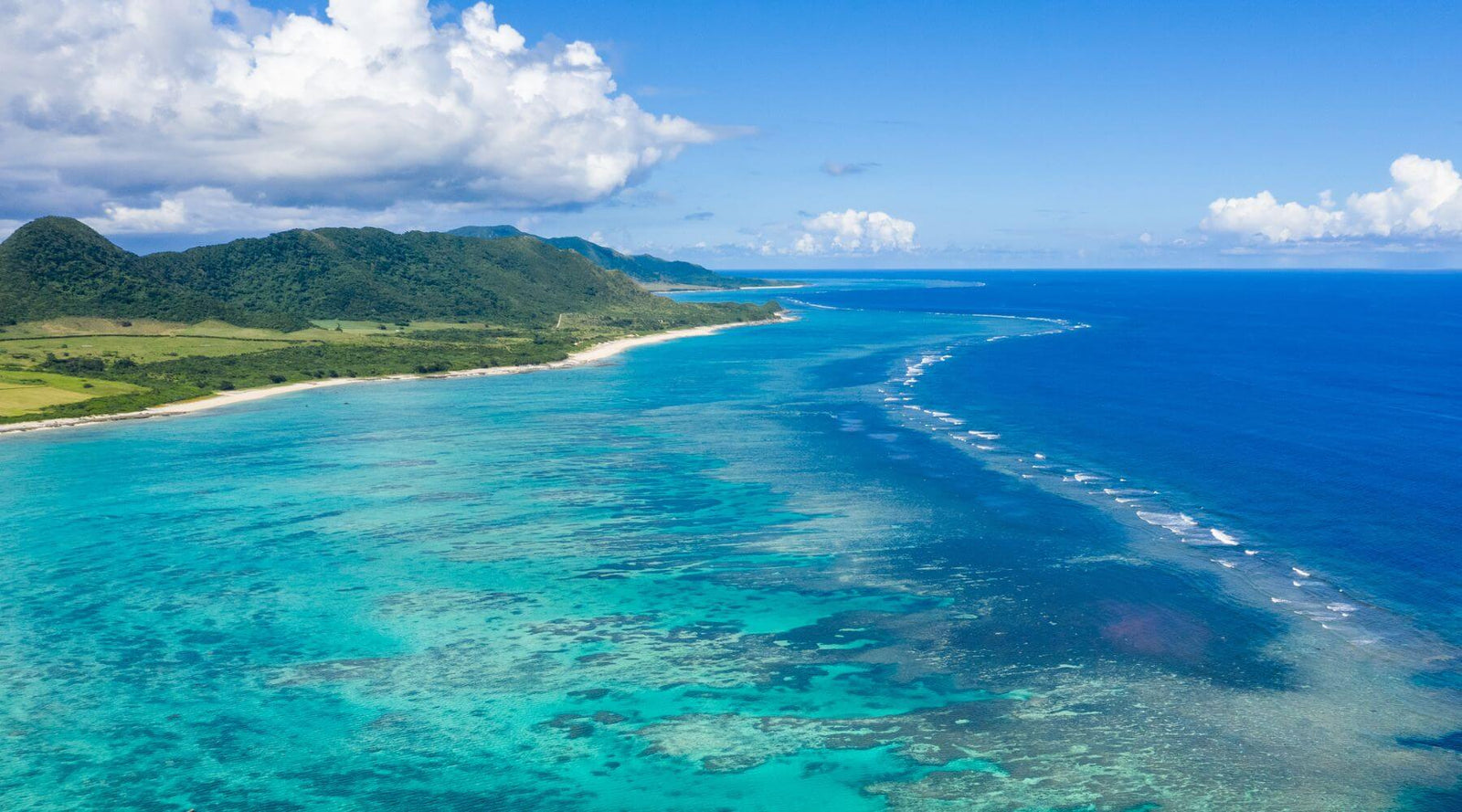
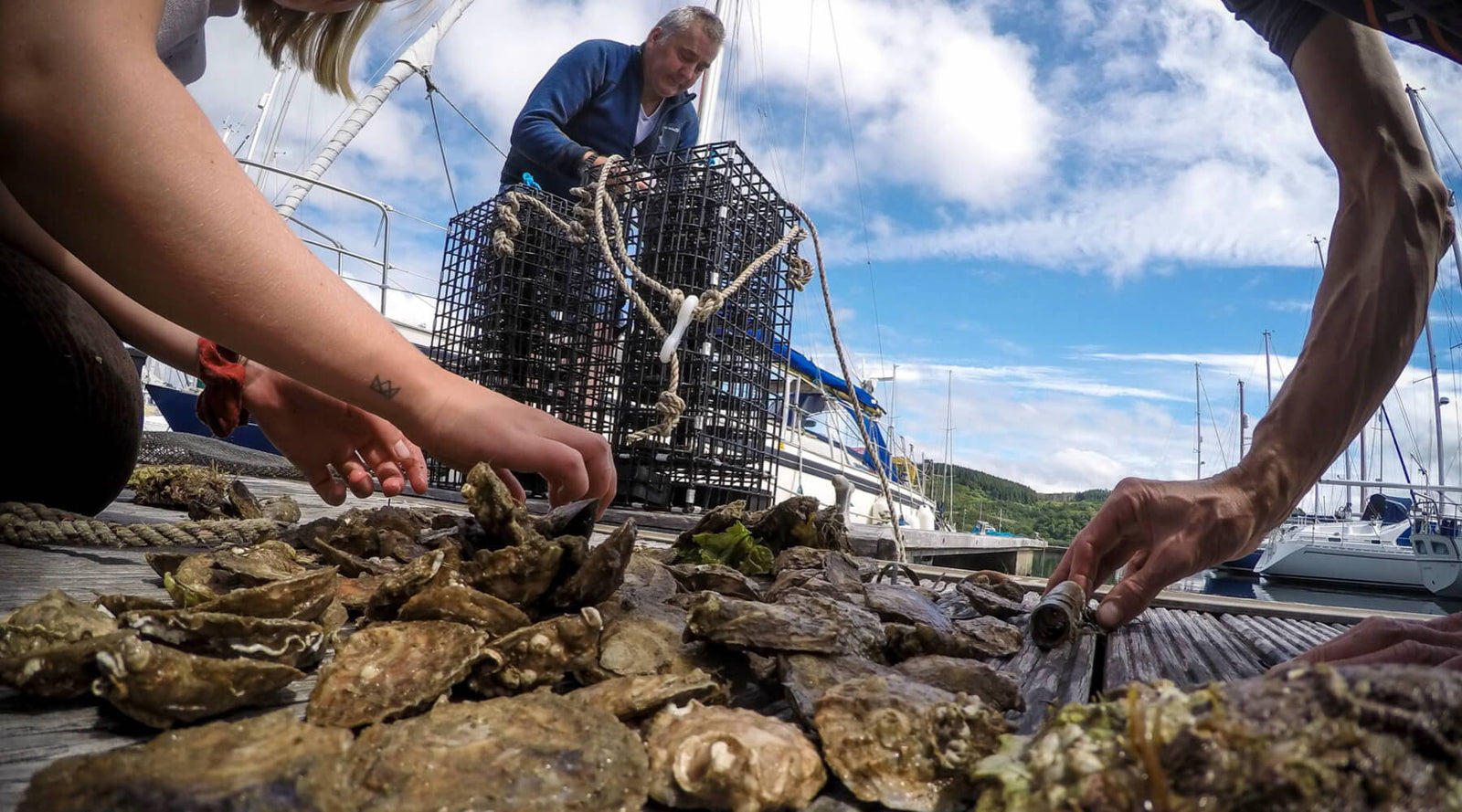
Angelique Brathwaite
April 24, 2021
..and this is why I love Waterlust – products and staff. It’s not just about selling cute clothes, but saving marine ecosystems and us as well. Gwan Amy…great to see you surfing…
peace
angie